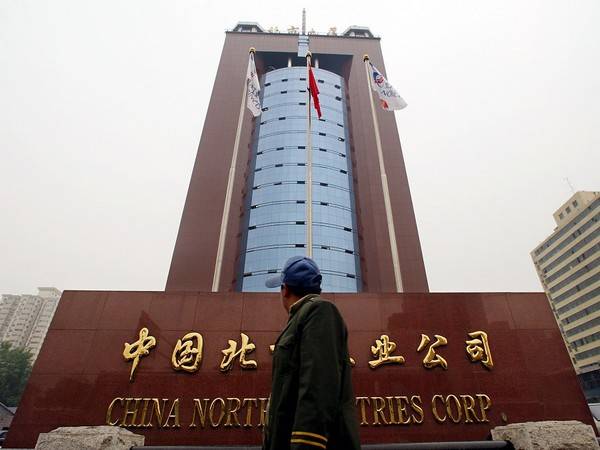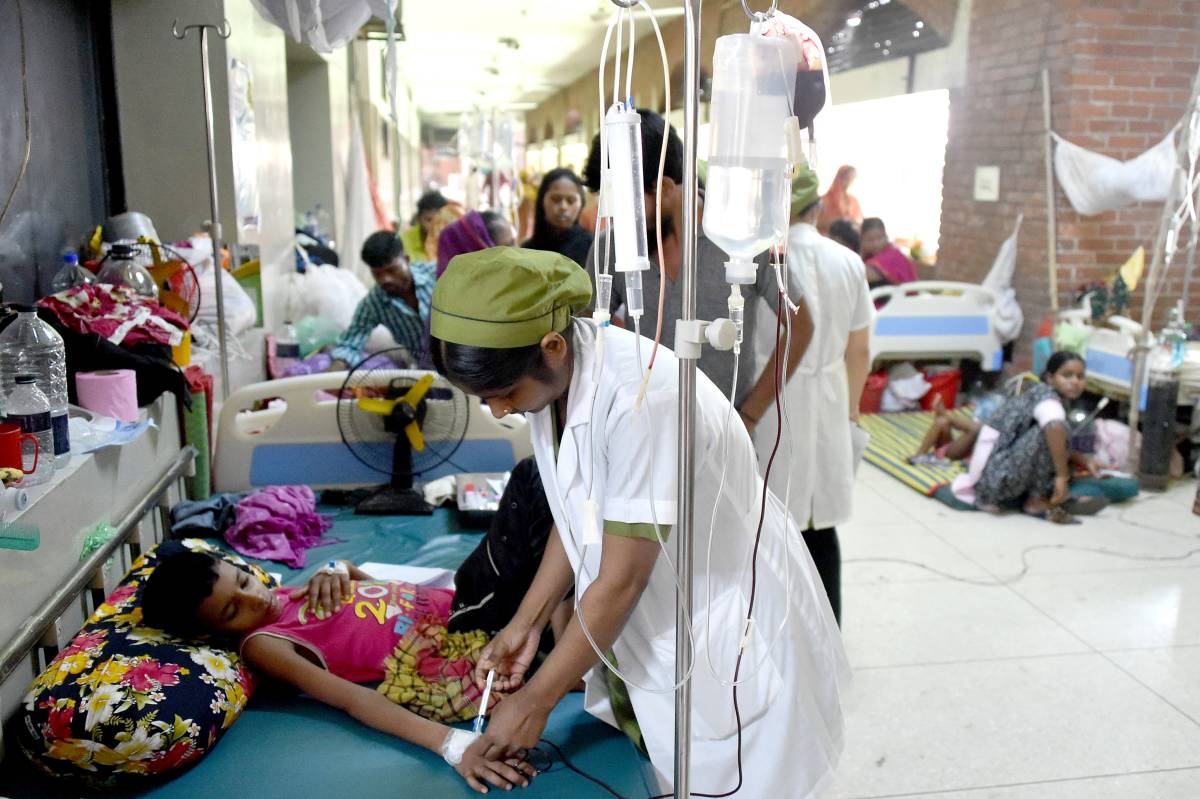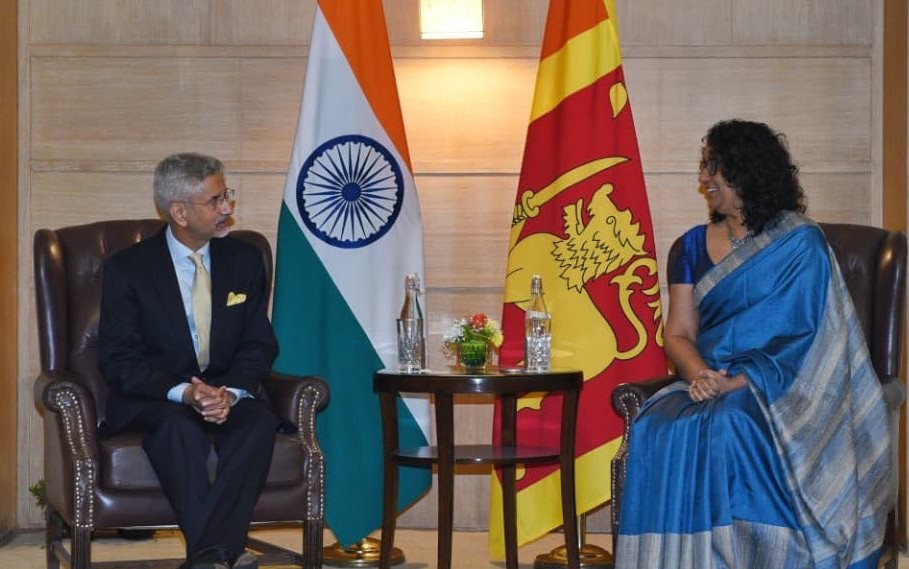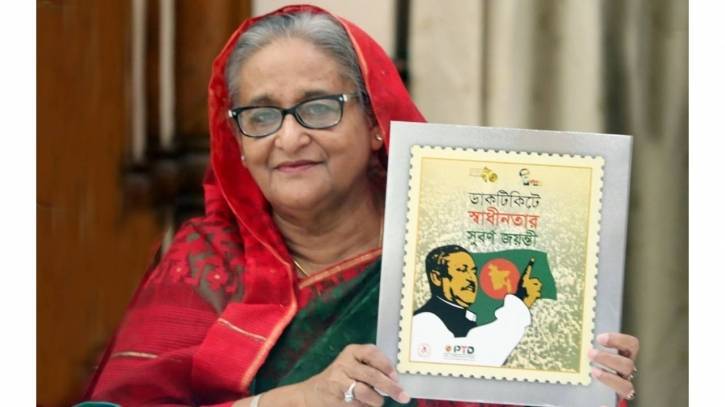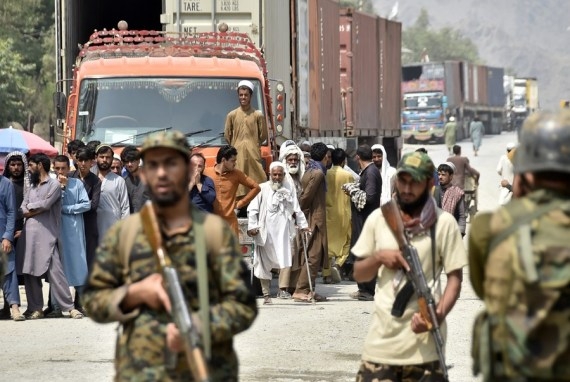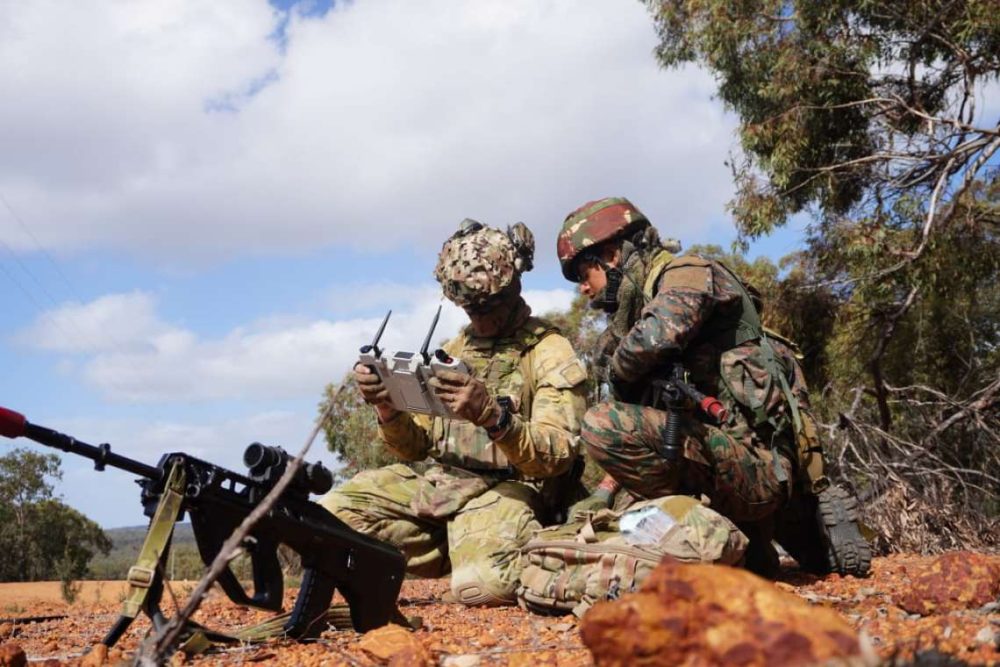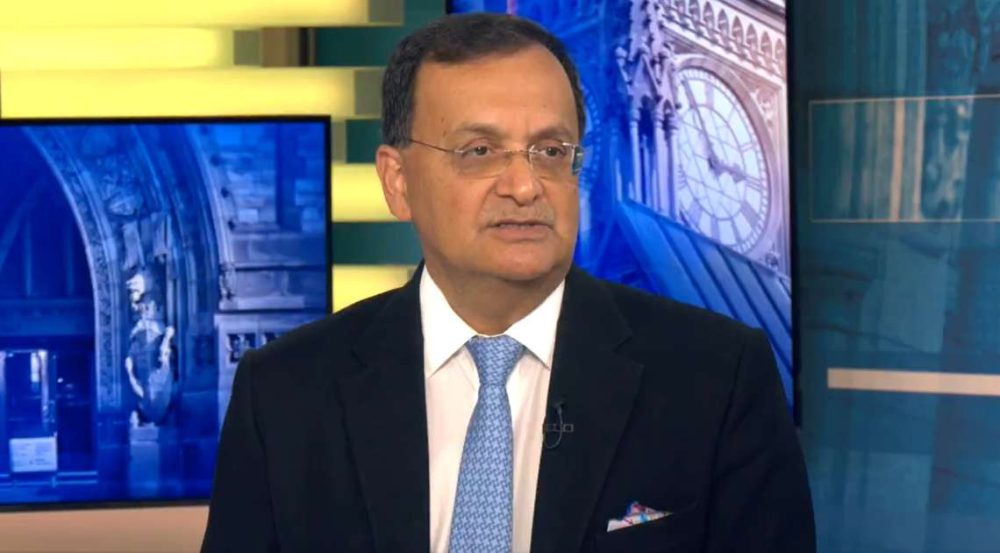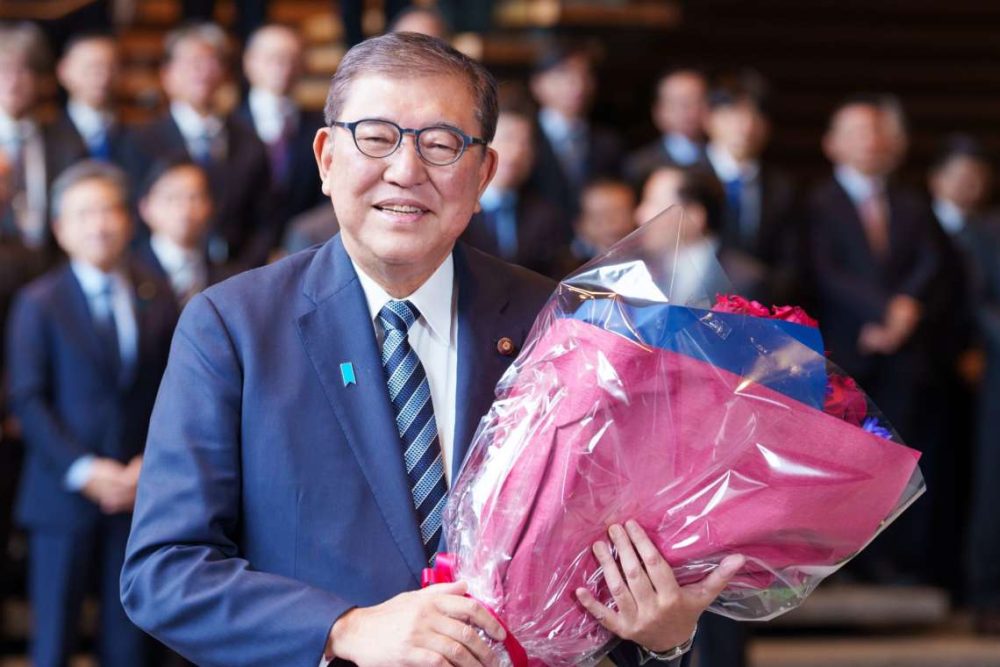The Dhaka government which is engaged in an upgrade program for the armoured component purchased defence equipment worth a total of USD 3 billion from China over the period 2011-2020…reports Asian Lite News
For a long time, China has been trying to emerge as the key defence exporter of the neighbouring countries of India. It uses the instrument of arms supply as “instrumentum regni” in Asia, that is, it tries to bind some countries with military dependence. However, the very low quality of the equipment produced, below Western standards, would seem to undermine this project, a media report said.
Recently, the Bangladesh Army expressed its displeasure with China North Industries Corporation (Norinco)’s supply of tank ammunition, rejecting it as not being tested. The country seems to be dissatisfied with the quality of military supplies received from China.
Owing to the economic situation of Bangladesh, Dhaka was forced to turn to the Chinese, who practised much more advantageous prices than Westerners. For this reason, the Army acquired light weapons, artillery and armoured vehicles produced (mostly copied) by Norinco, Bangladesh Live News reported citing a Roman news portal DIFESA Online.
The Dhaka government which is engaged in an upgrade program for the armoured component purchased defence equipment worth a total of USD 3 billion from China over the period 2011-2020.
In 2011, in fact, it purchased the Chinese MBT-2000 tank, built by Norinco starting from the Type 90-IIM tank, and is also updating 170 Type 59 tanks to the Type 59G standard. While more recently they have modified the Type 69 fleet to the standard Type 69IIG.
The Bangladesh Army, in an attempt to modernize artillery, replaced the Chinese-made pieces by acquiring 155/52 mm Serbian self-propelled rotor Nora B-52.
Beijing is also in the process of setting up a maintenance, repair and overhaul (MRO) centre and submarine base in Bangladesh.
The naval base, located near the village of Magnama in the province of Cox’s Bazar, will take on a strategic value of the highest value, as it will be located about 70 km from the border with Myanmar, in the Pekua Upazila area overlooking the Kutubdia canal. All this is probably linked to the purchase by the Dhaka Navy of two Chinese Ming class submarines (Type 035G), the news portal reported.
More recently, China Precision Machinery Import Export Company (CPMIEC) also supplied Bangladesh with some equipment related to the HQ-7 short-range surface-to-air missiles, the news portal reported.
Several problems, however, have been reported with respect to transport vehicles and missiles, including the engine, communication system and infrared guidance device, Bangladesh Live News reported.
The Bangladeshi Navy also said it was dissatisfied with the radars provided by China Shipbuilding and Offshore International.
Earlier, a RAND Corporation (US-based thinktank) study in 2021 clearly pointed to a lacuna in Chinese defence contracts, stating there is a lack of transparency and accountability.
China’s arms sales operate primarily through state-run export organisations such as the Aviation Industry Corporation of China (AVIC) and North Industries Corporation (NORINCO).
Arms transfers also are a component of China’s foreign policy, used in conjunction with other types of assistance to complement foreign policy initiatives undertaken as part of China’s One Belt, One Road initiative.
According to the experts, a lot of countries have little or no faith in Chinese companies because of poor after-sales support and equipment that rapidly declines into non-functional machinery.
China also does not have the required ability to manufacture highly sophisticated parts as it is still not considered a first-rate developer and producer of state-of-the-art military material, reported the Russian Council.
Although some potential customers consider arms made by Beijing to be of lower quality and reliability, many developing countries buy China’s weaponry because they are less expensive than other comparable systems.
Bejing’s assertive policy in terms of arms sales and presence around the world should raise some cautionary eyebrows. China is not only increasing its arms sales, but also military training and investment in its lender countries.
Other than Bangladesh; Pakistan, Thailand, and Africa are China’s clients for arms and ammunition. China has also sold 36 J-10C fighters to Pakistan and delivered HQ-22 (FK-3) surface-to-air missiles (SAM) to Serbia.
Countries like Tanzania, Nigeria, Sudan, Cameroon, Zimbabwe, Zambia, Gabon, Algeria, Namibia, Ghana and Ethiopia are among the top importers of Chinese arms.
According to the Stockholm International Peace Research Institute (SIPRI)’s recent report, nearly half of Chinese weapon exports – 47 per cent, in fact – went to its closest ally Pakistan, while Beijing’s next largest clients were Bangladesh and Thailand at 16 pc and 5 pc respectively, as per the media portal.
Given the relative strength of China’s position on the arms export table, it is perhaps surprising that China also appeared fifth on the international list of arms importers, behind India, Saudi Arabia, Egypt and Australia. (ANI)


